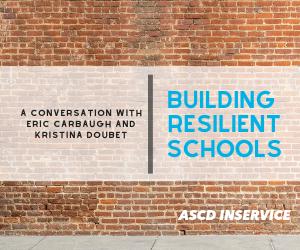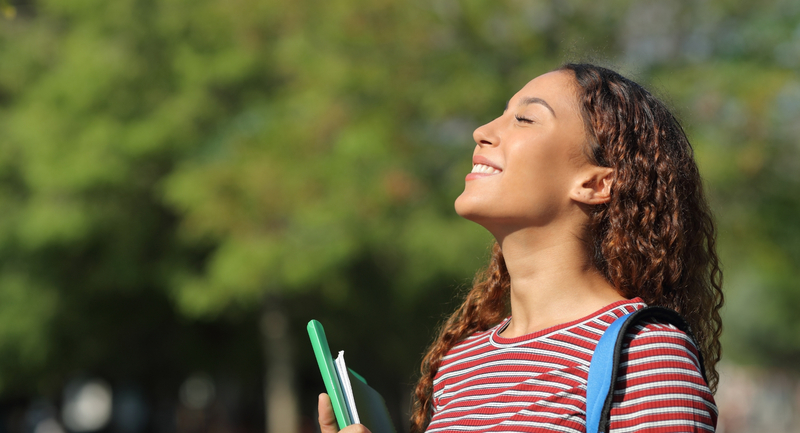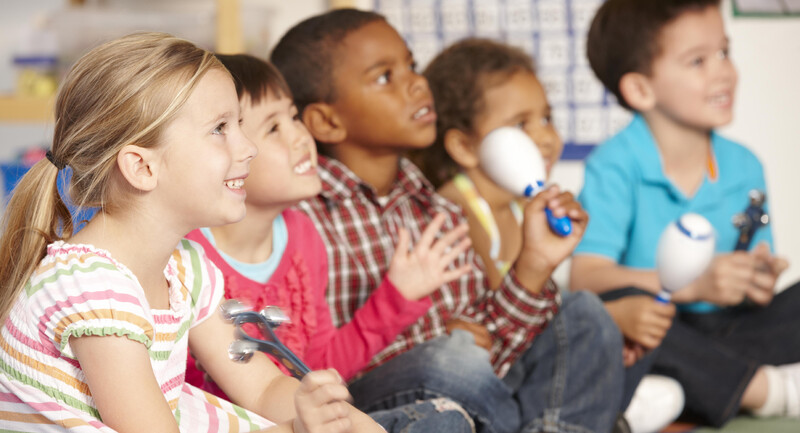For all the talk this past year of solutions and resources for negotiating education in a pandemic—how to keep children and staff safe, how to reach and engage students, how to make some semblance of school, impossible as it all was, still work—there was also the reality. The reality was the messy, traumatic, individualized day-to-day teachers faced as they got up and tried to do their jobs amid a global catastrophe. Teaching during a pandemic is also living during a pandemic, and the real impossibilities of such a task weighed heavily on educators like shea wesley martin.
Last October, about half a year into COVID-19’s destruction, martin, who is currently a writer and freelance educator based in Vermont, saw a friend post on Twitter, "Teachers, we know you have opinions, but we also need you in the classroom.” Within this suggestion that sharing the challenges of the year online could pose complications for teachers’ jobs, martin recognized the need for a safe space to speak up. Many educators had lost in-person opportunities to talk with one another, offer support, and have honest conversations about their experiences in ways that centered their voices and needs. martin posted a Tweet of their own, letting teachers know that if they wanted to share their stories, martin would spend the day tweeting them anonymously.
The responses poured in, tying martin to the computer from early morning until 10 p.m. to tweet out what teachers were going through. Since then, martin has used Twitter and Padlet to collect hundreds of educator stories about their experiences during the pandemic under the moniker “An Anonymous Teacher Speaks.” martin posts on the Twitter account and monitors Padlet submissions, where interested educators can share longer accounts.
The stories are hard, and important (especially for noneducators), to read. Together, they paint a picture of what educators have experienced this past year—a source of solidarity and support, but also one of deep grief and frustration, and a call to listen, to do better.
"Teachers are departing, not because of kids, but because of the feeling that they are undervalued and not cared about by the system," says martin. "There’s a very common thread about districts pushing self-care but not providing the resources or time or space to care for oneself. There’s disconnect between equity initiatives and what is actually happening during this moment in testing. There is also a thread of teachers not feeling supported by coaches or mentorship or parents and not having resources to actually do their job."
martin says the stories that stick with them are hard to shake: the tribute to a coworker who died of COVID in his chair at home, the teachers who sent their own kids away and visited them through a screen door because they had to teach in person, the teachers who had been in the classroom for 27 years who turned in their resignation, those who are just starting out and already contemplating an exit, the educator who was on the verge of losing their apartment (martin’s tweet helped raise rent money in four hours). Individuals have shared what life has been like as they taught on Zoom, or put their lives at risk, or navigated in-person, remote, and hybrid classrooms, or juggled their own children, or dealt with racism from students’ parents, or lost loved ones, or lost fellow colleagues, or contemplated quitting, or waited for instructions that changed by the day.
These connections provide bright spots, but martin says they do have to be careful of the added stress inherent in managing such a project.
“It’s a heavy thing to take on,” says martin. “The first time I tweeted all day, I was not prepared for the amount of trauma that would come into my inbox. For me, it is always thinking about ways I can amplify teachers’ stories and ways I can help teachers get their message front and center.”
martin plans to keep collecting stories and, in the future, might pay special tribute to the teachers "who didn’t make it this year" or set up an in-person installation of the project.
"I am very much worried about how we’re going to heal collectively and individually after this moment,” says martin. “I’m hoping teachers will think about their strengths as they were able to figure out a way to reach students when the world was on fire. It’s some of the most admirable work. I hope the project offers data of proof that healing is so necessary and needs to be prioritized for teachers and students going forward."








